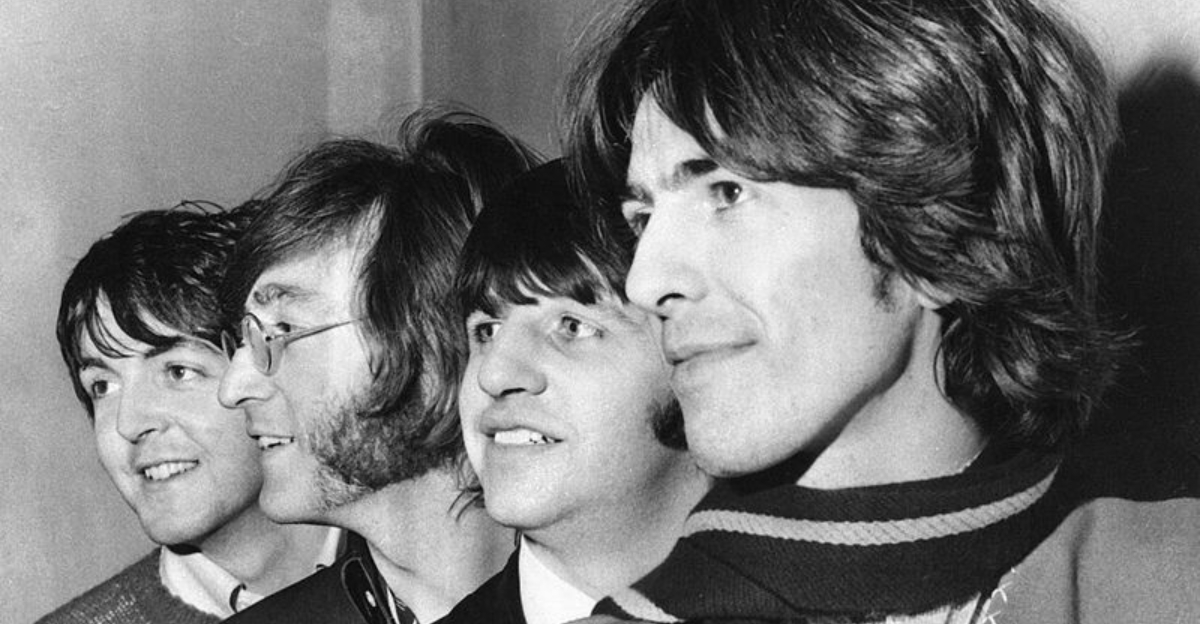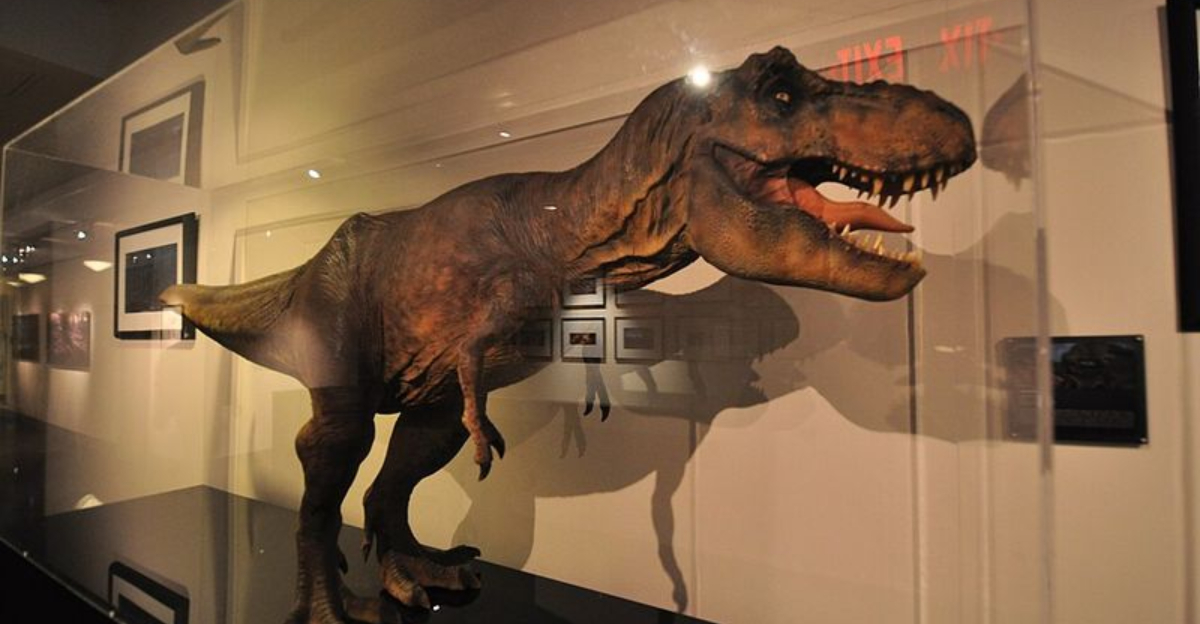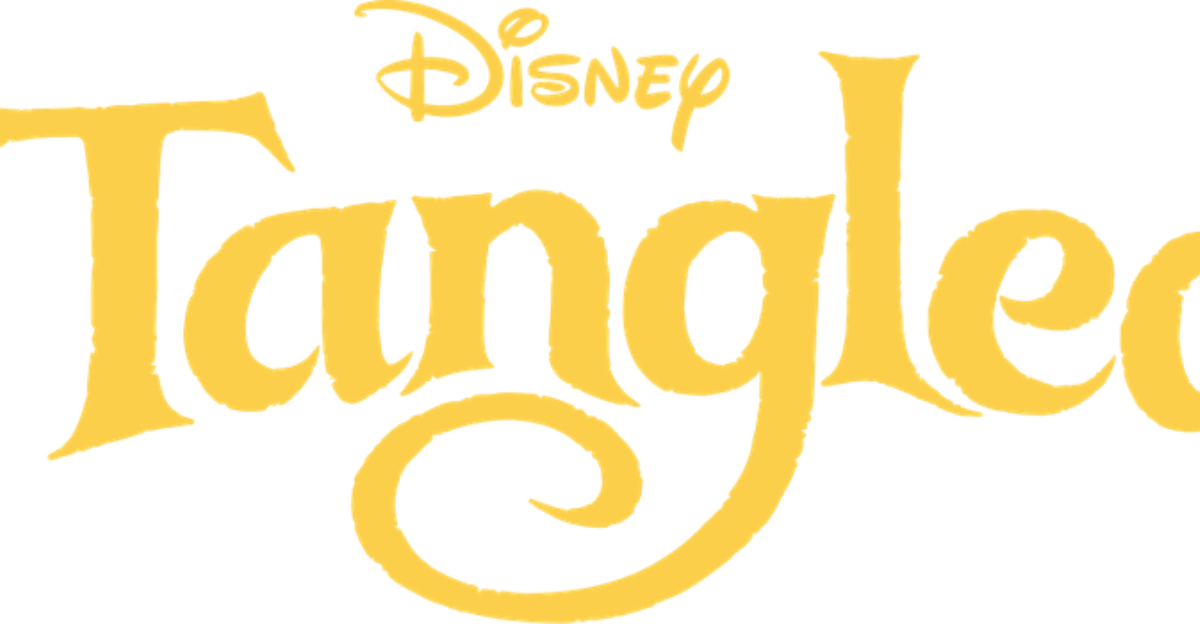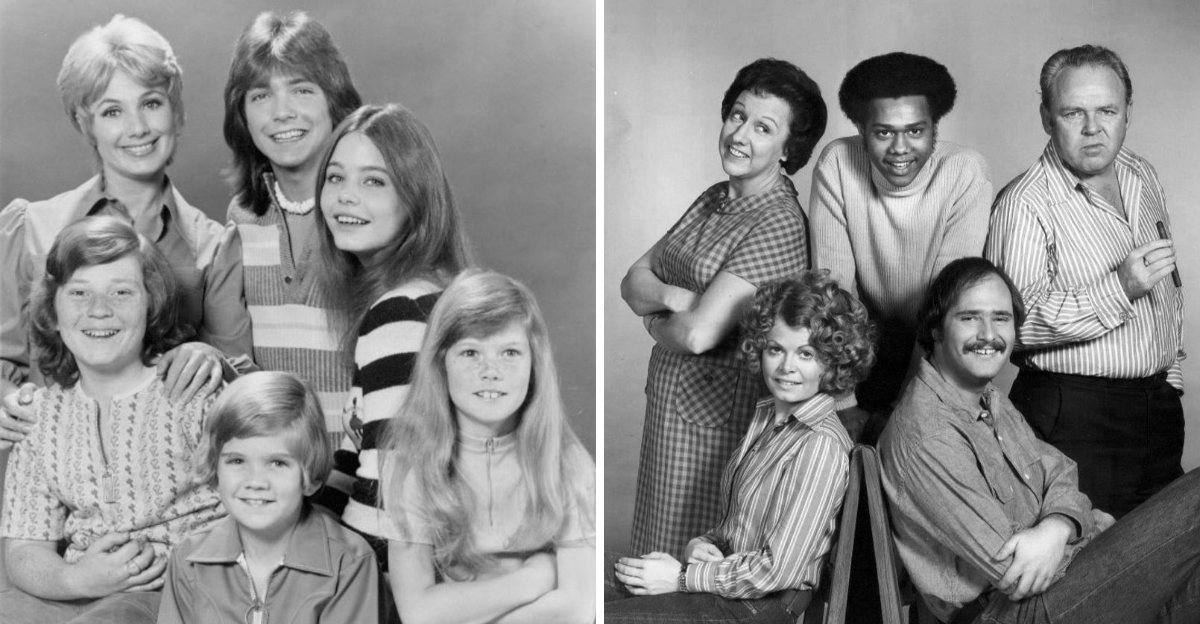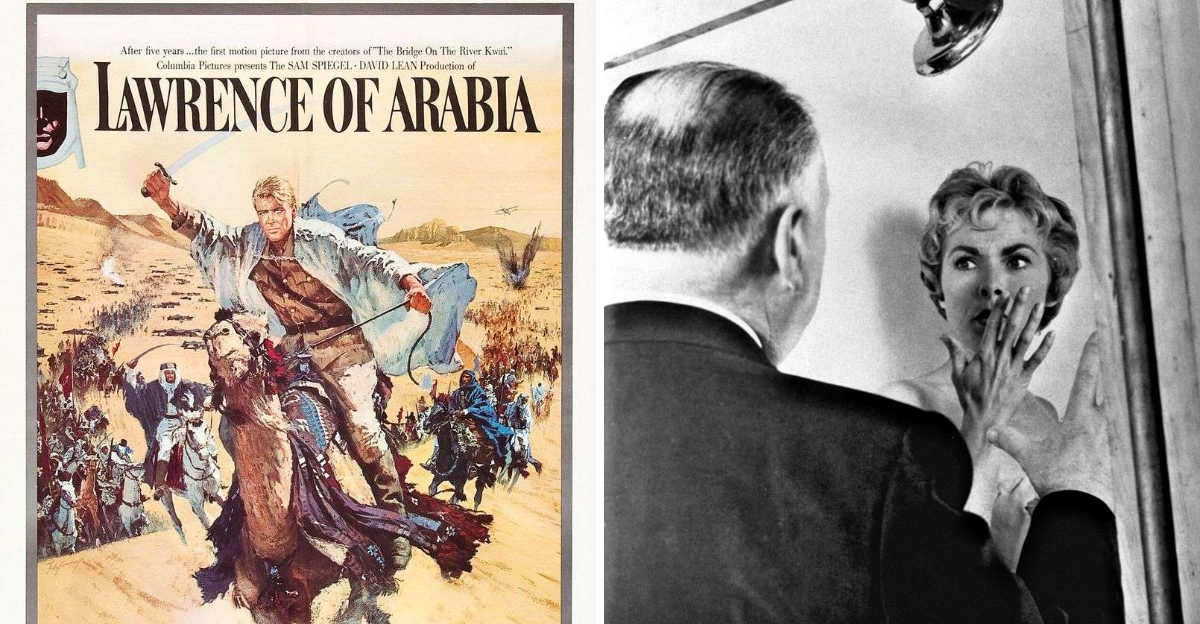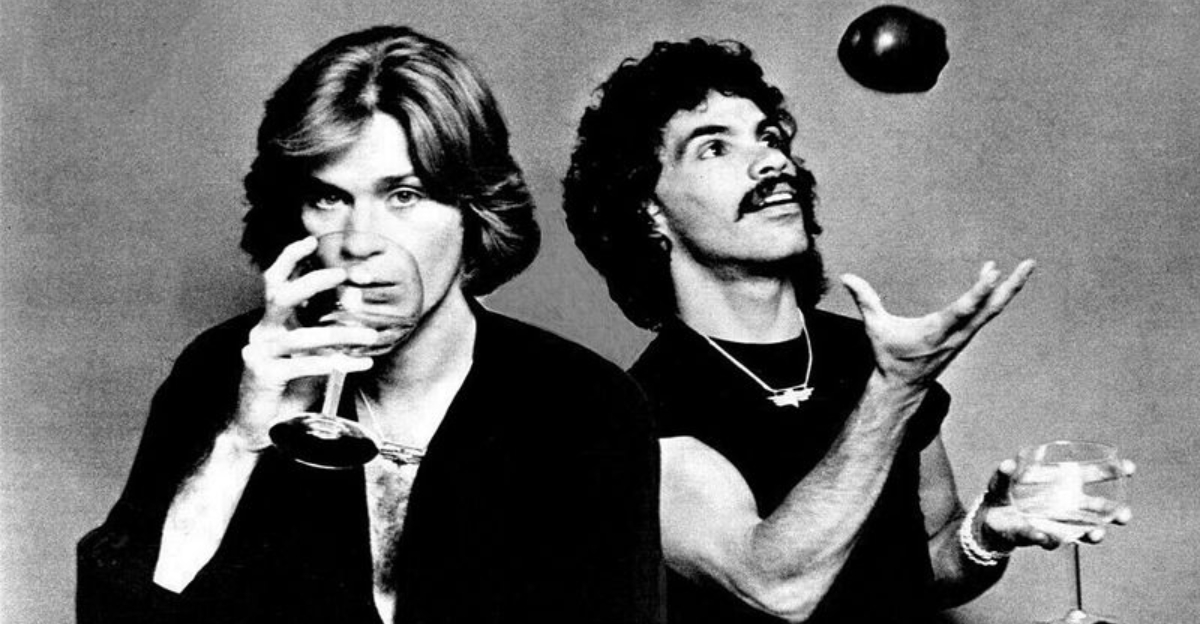8 ’70s Flicks That Stirred Up Trouble And Still Shine Today
When you think about movies from the 1970s, you might picture bell-bottoms and disco balls.
But that decade also brought us some of the boldest, most shocking films ever made. Many of these movies faced bans, protests, and heated debates, yet they’ve become legendary classics that filmmakers still study and fans still love today.
1. A Clockwork Orange

A dystopian nightmare of chaos and control shocked audiences with its blend of ultraviolence and elegant symphonies. Stanley Kubrick’s adaptation of Anthony Burgess’s novel redefined what cinematic rebellion could look like.
Britain actually pulled this film from theaters after copycat crimes emerged. Even Kubrick himself requested the ban, worried about what his art had unleashed. Decades later, critics recognize it as a masterpiece about free will and society’s darkest corners.
2. Last Tango in Paris
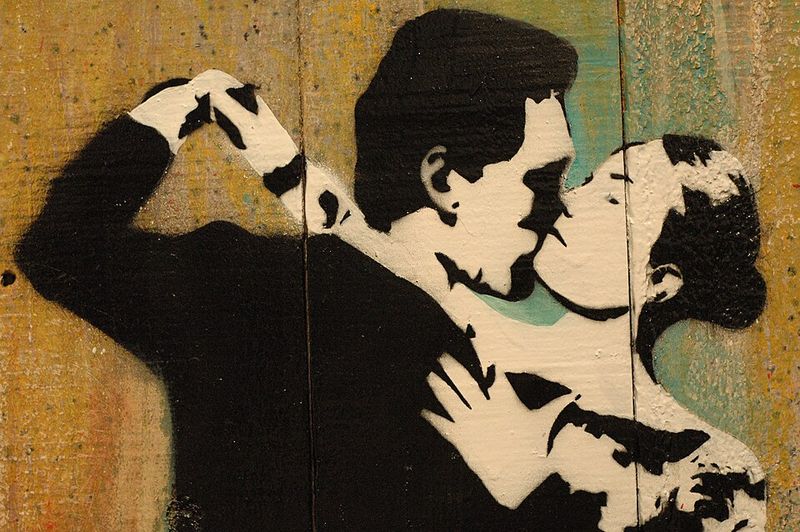
In Bernardo Bertolucci’s intense exploration of grief and desire, Marlon Brando delivered one of his most raw performances. The film’s provocative content pushed boundaries to the point of being banned in multiple countries.
Controversy exploded over scenes that blurred consent and artistic expression. Italy even ordered all copies destroyed and stripped Bertolucci of his civil rights temporarily. Yet the film remains a powerful, if deeply uncomfortable, examination of human connection and pain.
3. The Exorcist

An entire generation was terrified by William Friedkin’s chilling adaptation of William Peter Blatty’s novel. Scenes of demonic possession provoked fainting, vomiting, and mass panic in theaters.
Religious groups condemned it as blasphemous while psychiatrists worried about psychological damage to viewers. Some cities banned it completely. Horror cinema changed forever after this movie proved supernatural terror could be sophisticated, disturbing, and absolutely unforgettable.
4. Taxi Driver
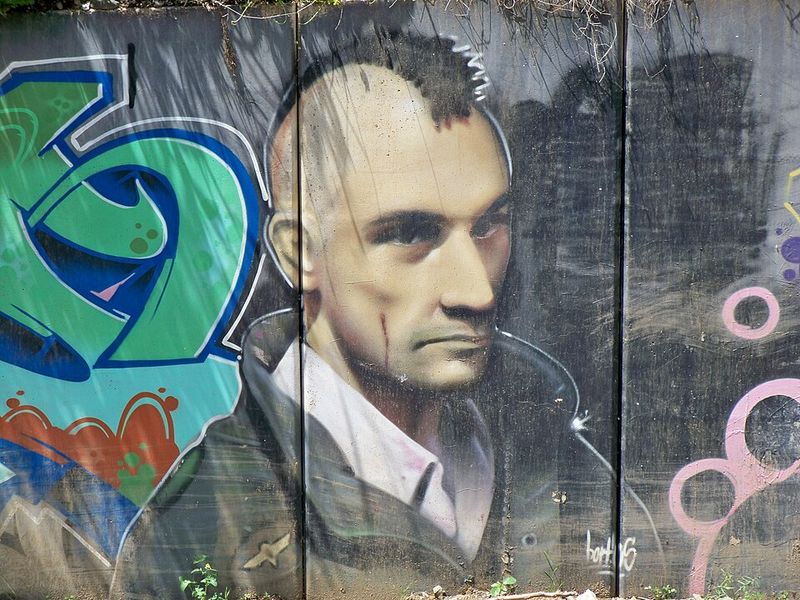
Martin Scorsese and Paul Schrader created an unforgettable portrait of urban alienation and mental breakdown. Robert De Niro became Travis Bickle, a Vietnam vet spiraling into vigilante violence through New York’s grimy streets.
Worried about an X rating, Scorsese actually desaturated the blood in the climactic shootout. John Hinckley’s obsession with the film later led to his assassination attempt on President Reagan. Disturbing and brilliant, it captures loneliness transforming into dangerous delusion.
5. Apocalypse Now
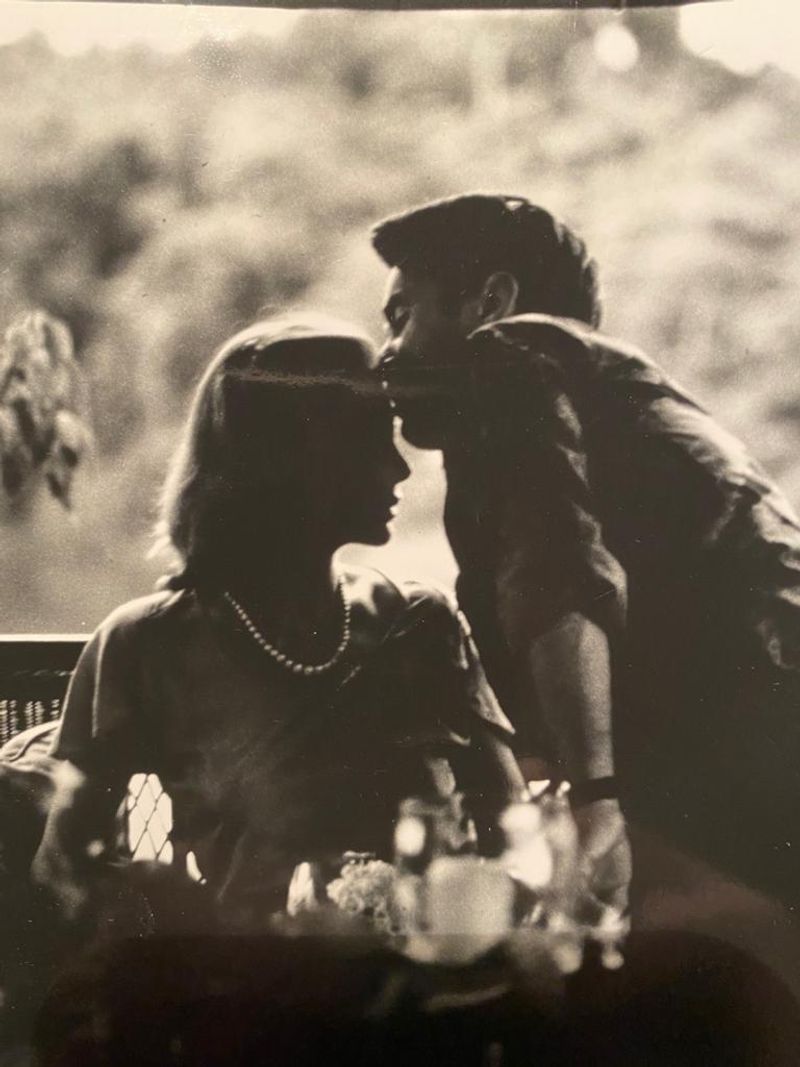
Years of painstaking effort went into Francis Ford Coppola’s hallucinatory depiction of Vietnam War madness. Martin Sheen navigated treacherous upriver waters to confront Marlon Brando’s rogue colonel in a production that nearly consumed its entire cast and crew.
Production became as chaotic as the war itself, with heart attacks, typhoons, and mental breakdowns. Critics debated whether it glorified or condemned violence. What emerged was less a traditional war movie and more a fever dream examining imperialism, insanity, and the horror lurking in human nature.
6. Rocky
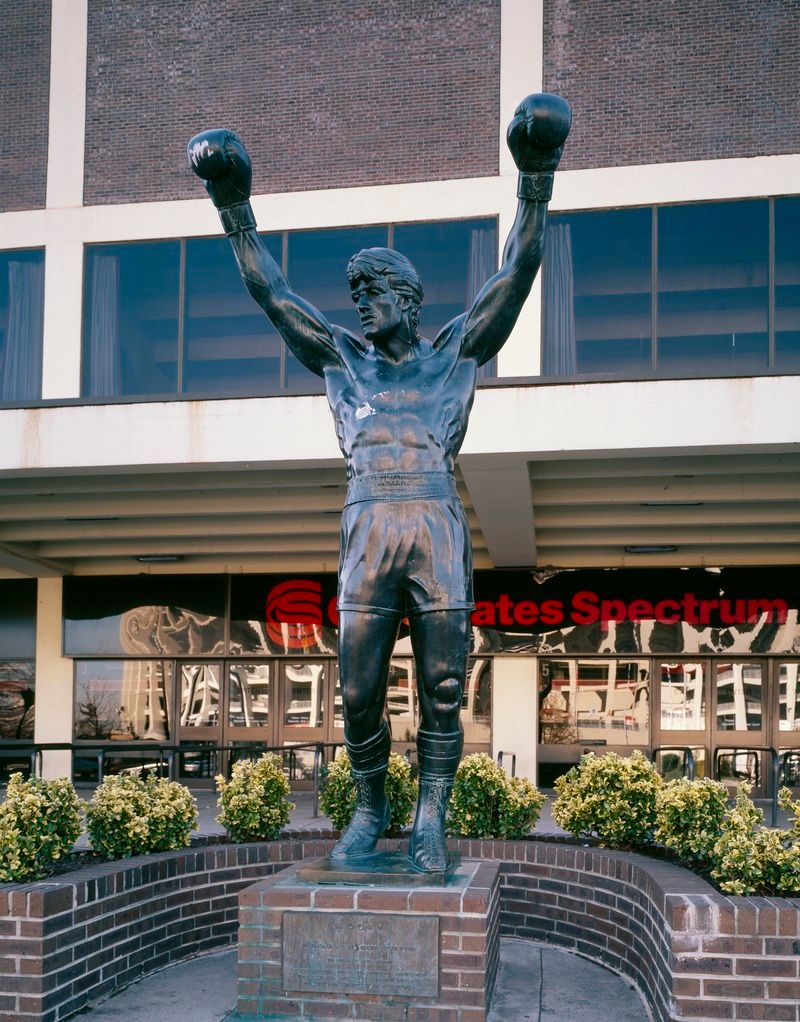
A low-budget story about a struggling Philadelphia fighter unexpectedly became a cultural phenomenon, with Sylvester Stallone writing himself into cinema history through this underdog boxing saga that captured America’s heart.
Some critics dismissed it as manipulative feel-good nonsense during a cynical decade. Others worried it promoted toxic masculinity and violence as problem-solving. But millions connected with Rocky’s determination, proving audiences craved hope and inspiration. Sometimes a simple story about trying your hardest is exactly what people need.
7. One Flew Over the Cuckoo’s Nest
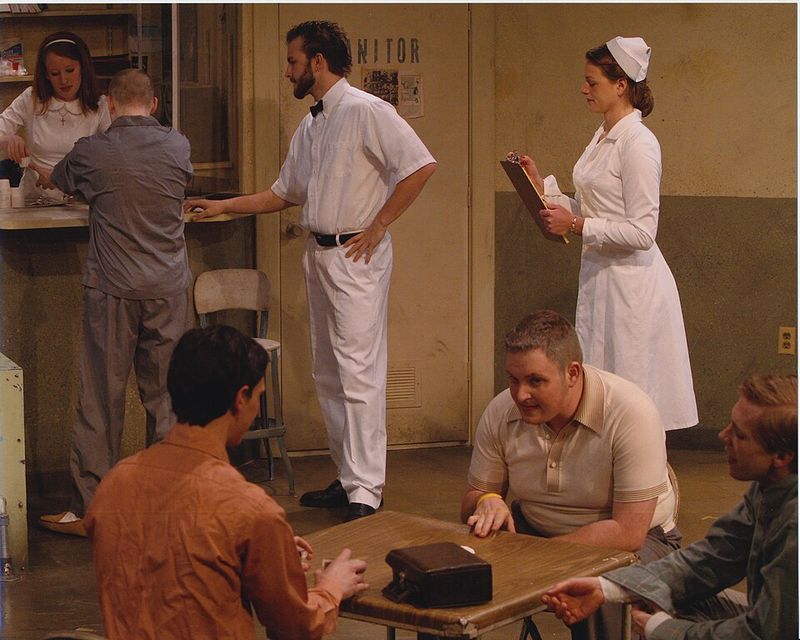
Milos Forman adapted Ken Kesey’s novel into a searing indictment of institutional control. Jack Nicholson’s rebellious spirit clashed with Nurse Ratched’s iron grip in a mental hospital that represented society’s cruel power structures.
Mental health advocates worried it would stigmatize psychiatric treatment and patients. Others saw it as necessary criticism of dehumanizing medical practices. Winning five major Oscars proved audiences recognized something profound about freedom, conformity, and the price we pay for challenging authority.
8. The Texas Chain Saw Massacre

Nightmare fuel was born on a shoestring budget in Tobe Hooper’s iconic film, which continues to haunt viewers today. Despite its gory reputation, the screen shows very little blood, yet terror saturates every frame.
Multiple countries banned it outright while critics called it depraved garbage. Theaters received bomb threats for showing it. But Hooper’s guerrilla filmmaking style and relentless intensity revolutionized horror cinema. What seems like mindless violence actually comments on consumerism, family dysfunction, and America’s dark underbelly during troubled times.

